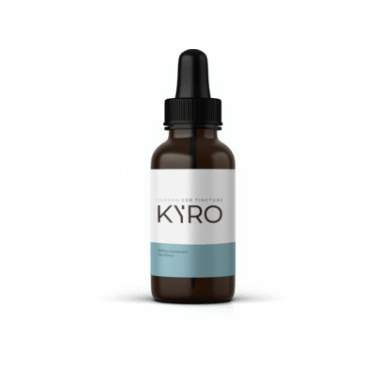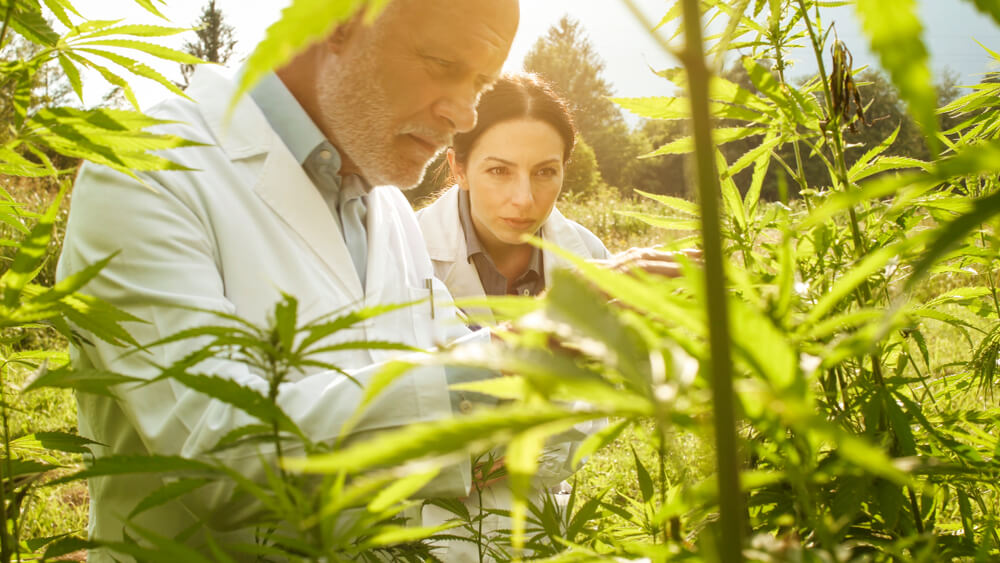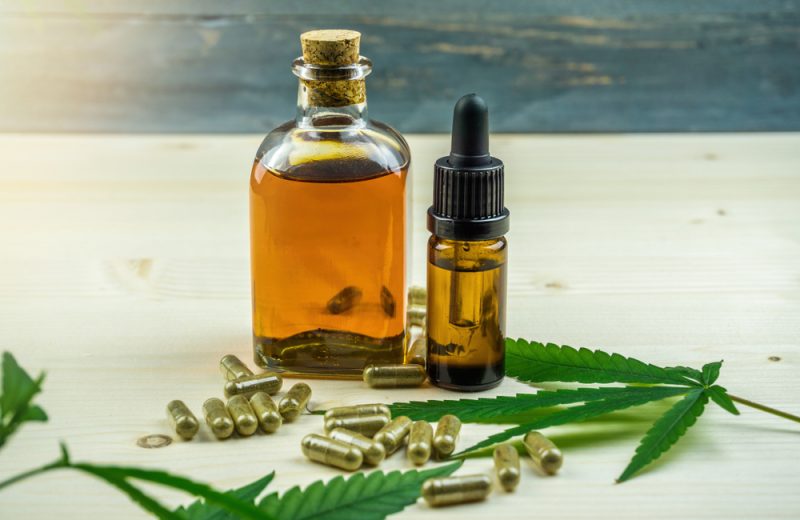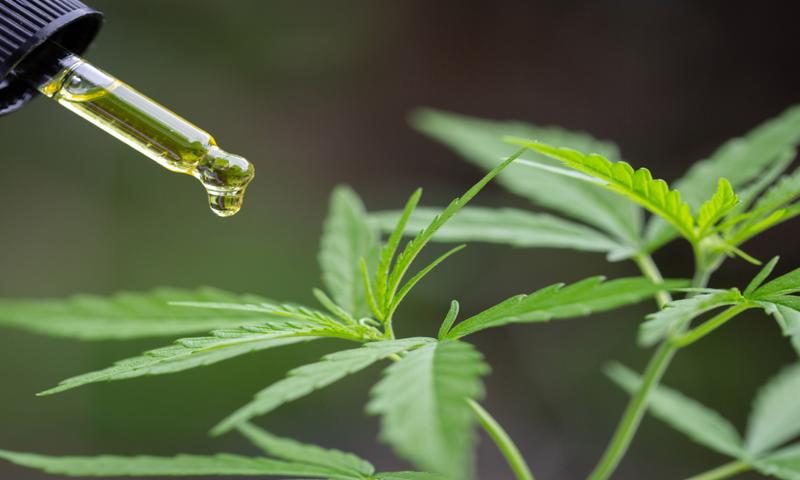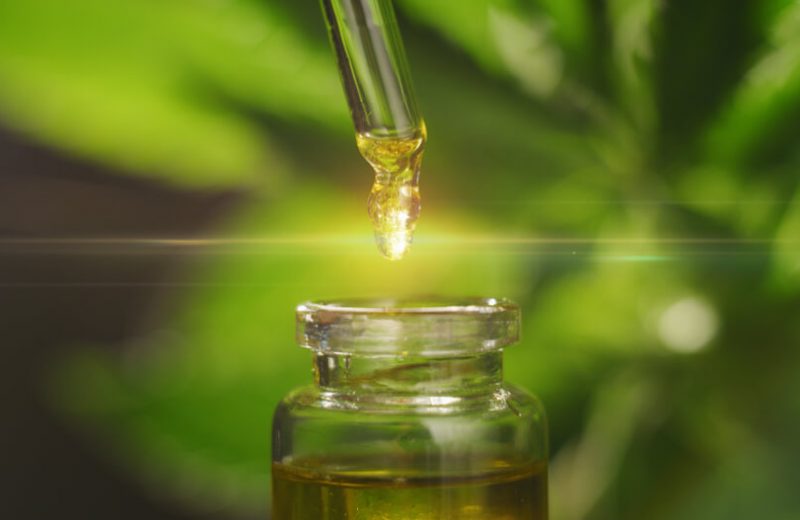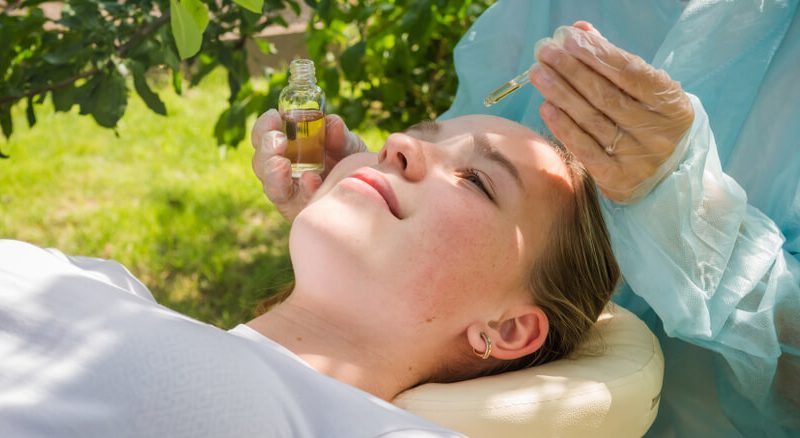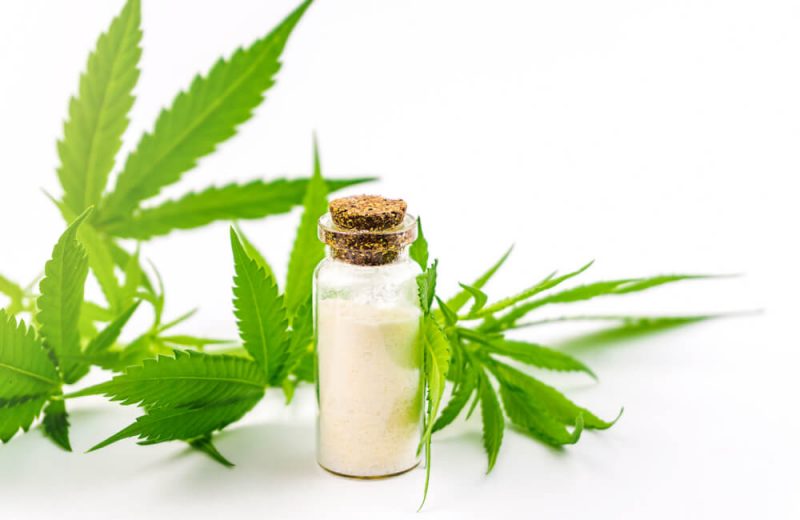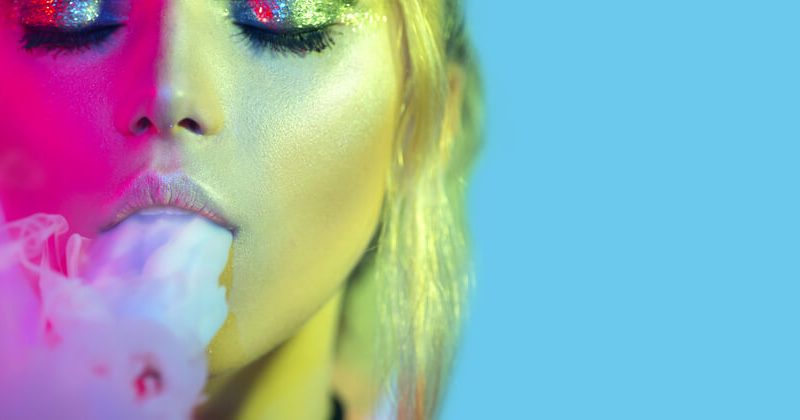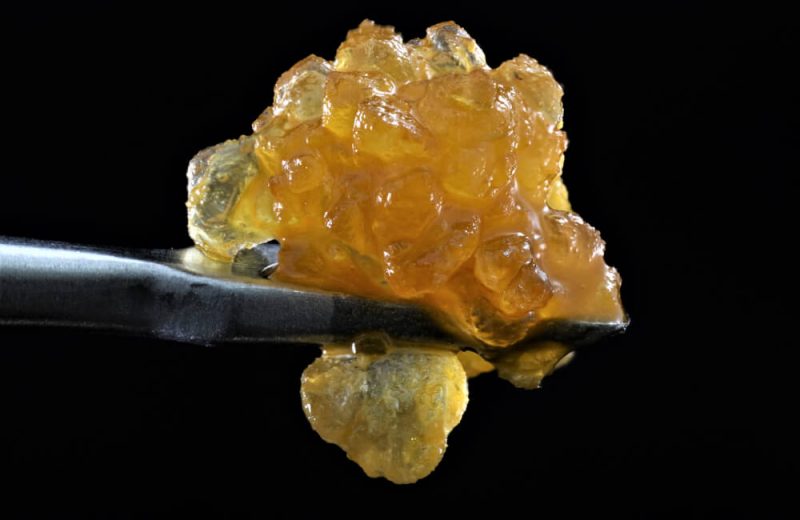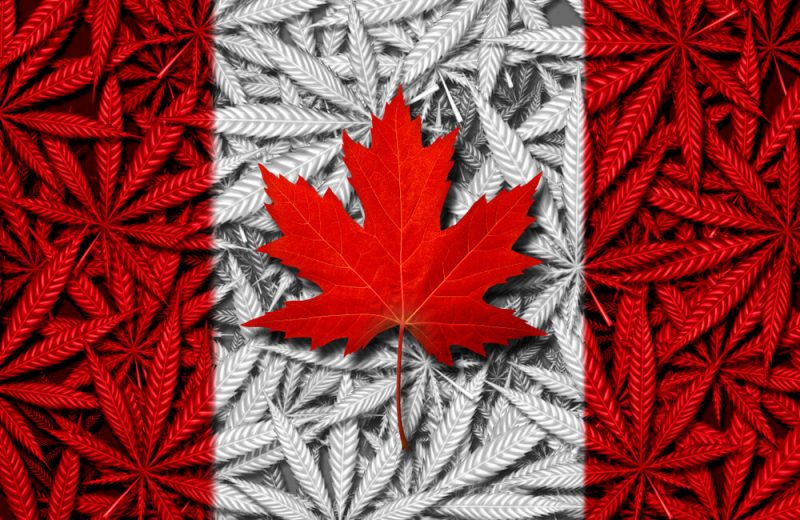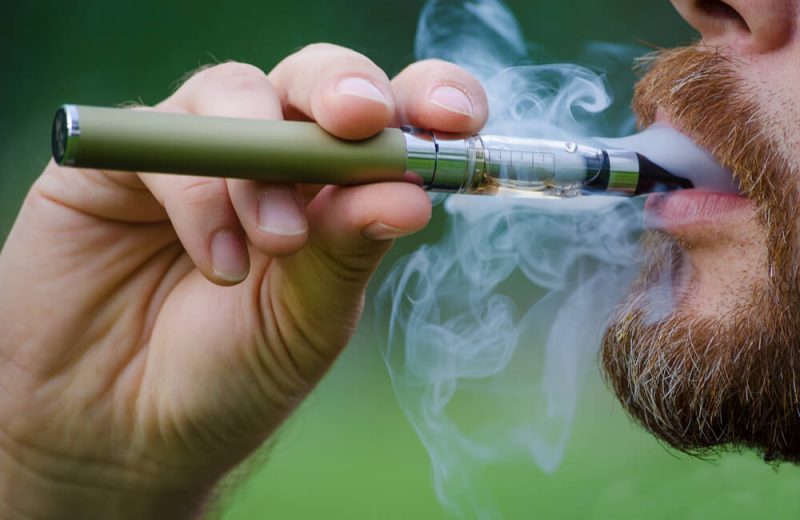Hemp farms in the US are walking a legal tightrope to ensure they stay on the right side of the law.
Although 500 growers and processors scored licenses to grow hemp last year in Minnesota alone, the close line between growing legal hemp and receiving criminal charges is causing issues.
The CBD market continues to grow and the demand for hemp is higher than ever before, but farmers have to make sure their crop does not contain too much of the intoxicating chemical THC, which remains illegal under federal law.
Last year 30 Minnesota farmers were ordered to destroy their crops after they tested too high for THC. Meanwhile, the state Department of Agriculture implores the federal government to relax its rules.
CBD was legalized in 2018 when the Farm Bill was passed, and very few regulations have been put in place to control the ever-growing market. While companies release CBD oils, creams, and even CBD food, the FDA is struggling to keep up.
The federal law makes it very clear that CBD products should not contain more than 0.3% THC. Smokeable marijuana, which remains illegal for recreational use in most states, contains around 20% THC per strain. Recreation vape oil sold in states that have legalized cannabis can reach highs of 80% THC.
While the legalization of cannabis makes the manufacture and sale of CBD products easy for some states, growers in areas like Minnesota are struggling.
Star Tribune recently reported the story of Luis Hummel, a hemp farmer who fell on the wrong side of the law after his crop was declared to contain too much CBD. The decision led to criminal charges, and Hummel had to agree to exit the hemp business in 2020.
The 32-year-old bought five acres of land in 2016, and planted 1.5 acres of hemp under the state’s pilot program in 2018.
His problems started when Brandon Cole, a businessman who agreed to sell Hummel’s products for him, was pulled over for speeding and was found with cannabis concentrates which tested at more than 3% THC.
Hummel said he knew the concentrates needed to be diluted, but he was nevertheless charged with felony drug possession and sale in Fillmore County. Shortly thereafter, the Department of Agriculture revoked his license.
Hummel refused to destroy his 2019 crop and sued the department, which eventually ended in a settlement allowing the farmer to keep his hemp if it tested below the legal limit of THC. It did, and was shipped to Colorado for sale.
Minnesota isn’t the only state having CBD problems, however- Hawaii legislation still doesn’t allow farmers to grow large batches of hemp.
Plant biologist at the University of Minnesota George Weiben explained the problems placed upon hemp farmers by the current system.
He said much of the hemp made for CBD oil in the state would test above legal limits, and processors want plants that contain at least 15% CBD. To produce a plant with that much cannabidiol, it would have to be a cross between industrial hemp and a marijuana plant high in THC.
The market for CBD demands that farmers work with marijuana-hemp hybrids rather than certified industrial hemp seed,” Weiblen said. “THC and CBD are so closely related, so similar chemically, that if you produce a lot of CBD you’re going to produce THC as a byproduct.”
The longer a hemp plant is left in the ground, the higher its CBD and THC contents rise. Last year, Minnesota farmers had to continually test their plants to maximize their CBD content without breaking the law.
The DofA advises growers to test plants weekly during flowering season in late September and October, and the field must be tested within a 30-day window before harvest.

